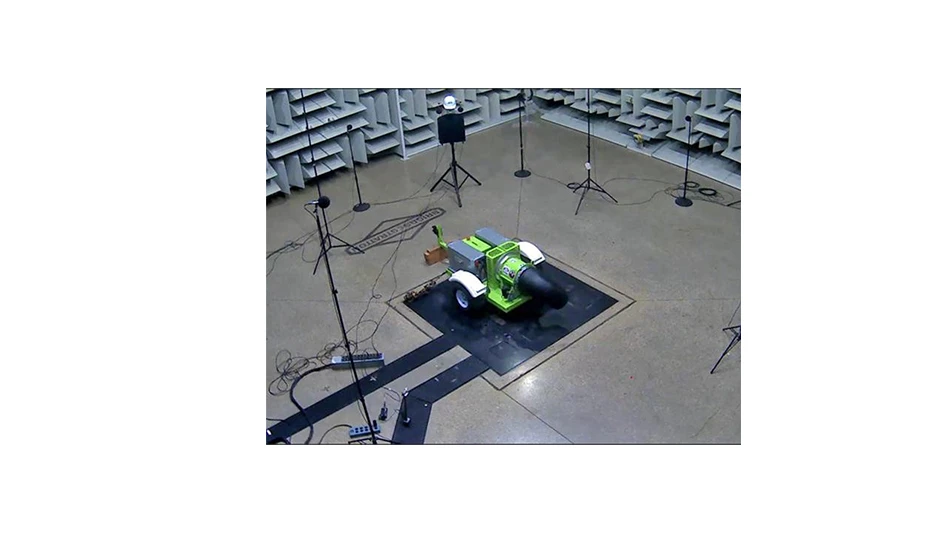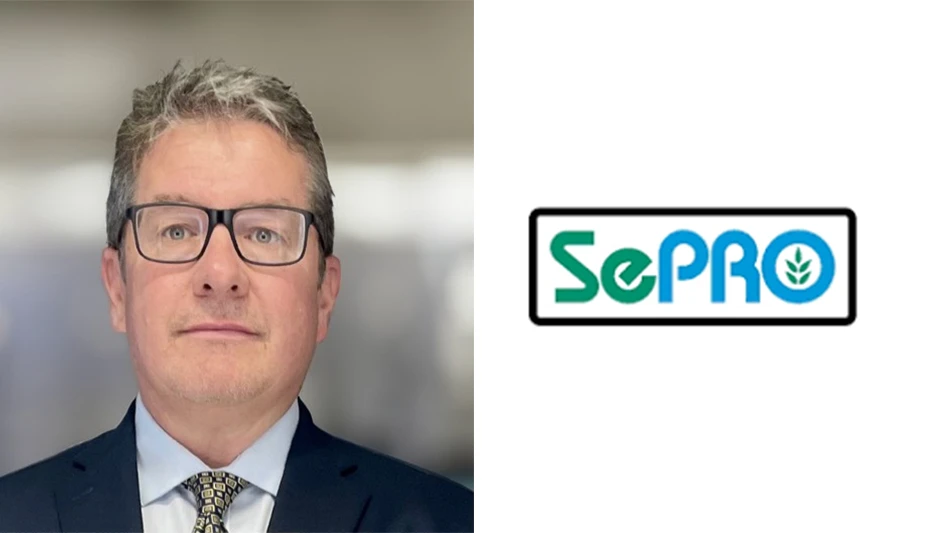
COVID-19 has forced many modifications to our daily lives and schedules. At work, you’re likely doing more with less – be it labor, budget, access to chemicals and fertilizers, or all that and more.
But despite what the online chatter and pundits may say, the conditioning of your golf course does not have to suffer. Superintendents have been doing more with less for years.
Not that anyone should try to take advantage of the pandemic, but it presents a rare opportunity to remind the golf world that the superintendent is the important cog in the machine. To show that you know what you are doing and that the condition of the golf course — and the people responsible for it – are at the top of the golf ladder. You are the star of the show and it’s time to shine.
With people anxious to get back to playing and business booming at municipal, daily-fee and private facilities, they’ll all be looking to you – the superintendent – to get their favorite course in playing shape as soon as possible. Don’t be surprised if our profession garners more respect than ever as hungry golfers seek out the pleasure and appreciation they get from the sport.
I’m hopeful that, at long last, we’ll get back to what makes the game great: not slavishly following the Rules of Golf or demanding unrealistic conditioning (maybe there was an upside to Augusta National not showing up on TV this spring), but being outdoors and playing the game in its simplest form.
There is both good and bad to golf being a topic of national conversation. Attention was properly put on courses and making it so golfers can play the game safely. But I also heard about anti-golf factions hiding in the woods, secretly videotaping golfers standing less than two club lengths from one another or, gasp, removing a flagstick. I’m pretty sure those are the same people who have no idea the great lengths we go to conserve the environment or how much golf contributes to charity, and I find them easy to dismiss.
I think we’ll learn some lessons from the pandemic that we can use going forward. For example, one of my mentors, Dr. James Beard, always said to focus our efforts where 50 percent of the game is contested – on the putting greens. Golfers will put up with a lot if the greens are good, so direct your labor and emphasis there. I liked where we were before the pandemic happened, leaving the flagsticks in. Maybe wrapping them with pool noodles is something to keep because it speeds up the game.
Times like these, with limited budget, equipment and people, call for creativity and innovation. As always, superintendents answered the call. I bet you’ll see more and more “best practices from the pandemic” staying in place for a while.
Rough not mowed on a regular basis? Greens a bit slower than normal? No rakes in the bunkers? I’m not saying these changes should stay in place forever (maybe slower greens!), but don’t be too quick to force a return to pre-pandemic conditions if you don’t have the staff and budget to do so. Almost every one of the changes is good for the golfer and good for the game.
Something else I hope doesn’t return are governing bodies and other entities telling us what to do and how to do it. What these organizations should do is talk with golfers, telling them what to expect in this new world of golf, how to behave on the golf course, and making sure they know how lucky they are to even be playing golf.
Golfers should be grateful to be outside, absorbing some Vitamin D and playing a game where it’s easy to keep their distance. And I think they will be. They’ll also be fine putting The Rules in the backseat for a bit. Most of us are still trying to figure out the new rules anyway (and the rest never bothered with rules to begin with).
As superintendents, it’s our nature to keep our heads down and do our jobs. That’s fine, but don’t miss the opportunity these times offer to communicate, telling people who you are, what you do and why you do it. Golfers will be happy to be outside and playing, and maybe more inclined to learn what you’re doing to return their course to them.
Keep six feet away and thank them for coming out, ask if they have any questions, let them know what you and your crew have been doing. Get out on the course an hour or so every day and interact with players. Give them a little education, make them feel special, maybe even turn some past critics into fans.
You’re a superintendent. It’s your time to shine.

Explore the June 2020 Issue
Check out more from this issue and find your next story to read.
Latest from Golf Course Industry
- Bloom Golf Partners adds HR expert
- Seeking sustainability in Vietnam
- Kerns featured in Envu root diseases webinar
- Toro continues support of National Mayor’s Challenge for Water Conservation
- A different kind of long distance
- Golf Construction Conversations: Stephen Hope
- EnP welcomes new sales manager
- DLF opening centers in Oregon, Ontario






